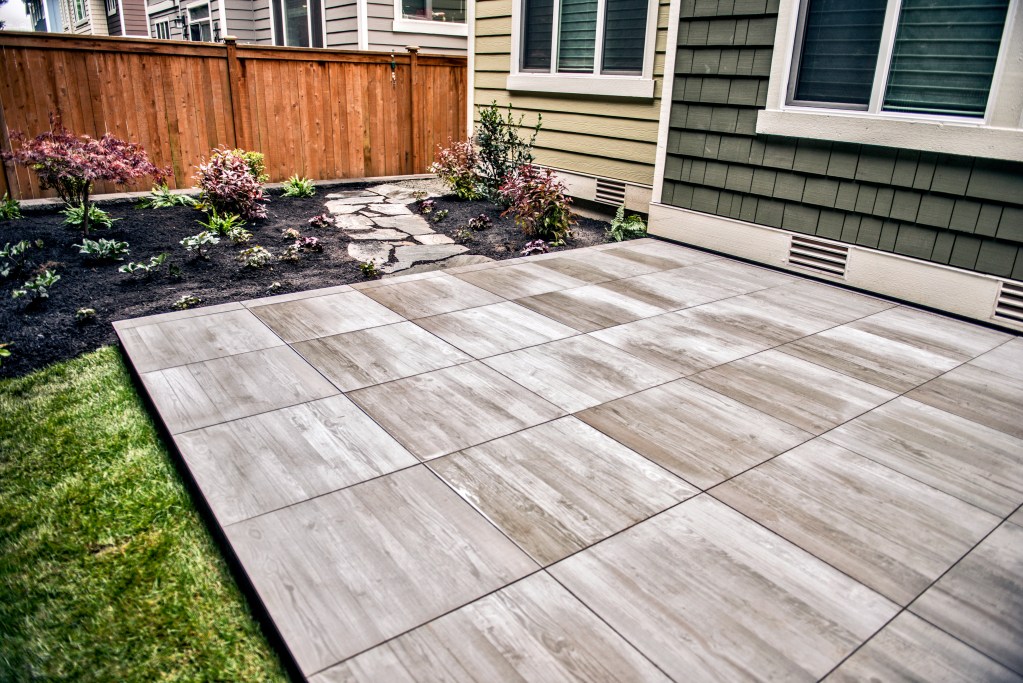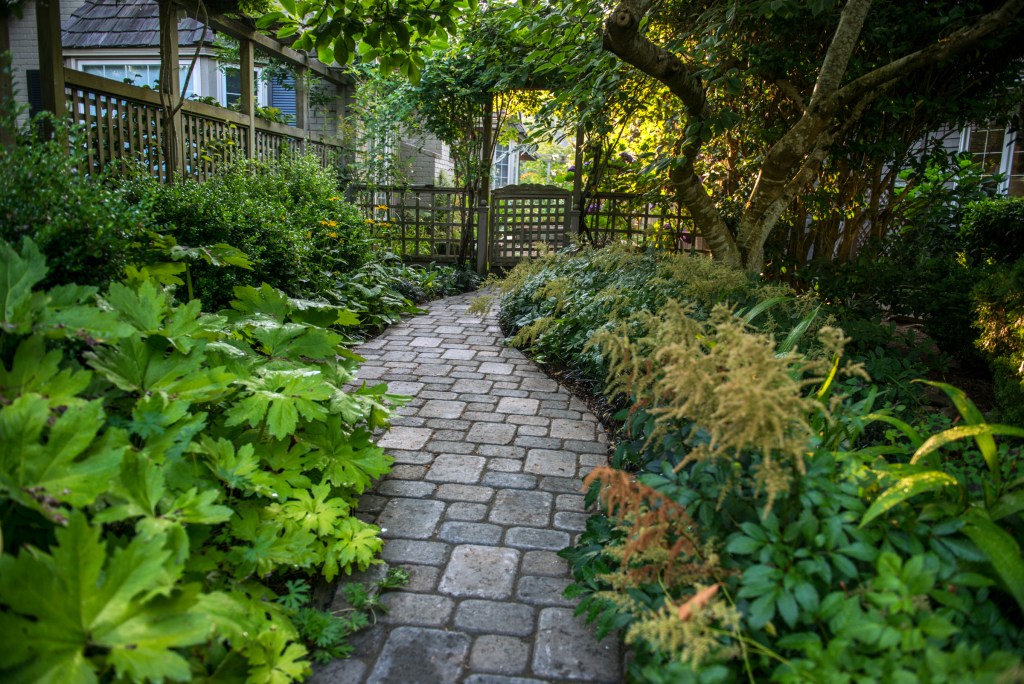Understanding Seattle’s Unique Soil Types: A Guide for Homeowners
Seattle’s rich history, geography, and climate have shaped its diverse soil landscape, offering both opportunities and challenges for homeowners and landscapers. While Seattle’s soil is well-suited for native plants, its high rainfall can lead to drainage and nutrient retention issues. Understanding your soil type is the first step in creating a thriving outdoor space. Here’s a breakdown of the five main soil types found in Seattle, along with their characteristics, nourishment tips, and use cases.
Seattle’s Five Main Soil Types
1. Sandy Soil
- Characteristics: Gritty texture, excellent drainage, often found near rivers and coastlines.
- Challenges: Poor water retention and low nutrient levels.
- Nourishment: Add compost or manure to improve water and nutrient retention.
- Use Cases: Ideal for xeriscaping or drought-tolerant plants like succulents. Avoid for lawns or flower beds due to limited water retention.
2. Loamy Soil
- Characteristics: Balanced mix of sand, silt, and clay; retains moisture while draining well; ideal for plant growth.
- Challenges: May require periodic nutrient replenishment.
- Nourishment: Add compost and mulch to maintain structure and replenish organic matter.
- Use Cases: Excellent for lawns, flower beds, vegetable gardens, and fruit trees. A top choice for front and backyard landscaping.
3. Clay Soil
- Characteristics: Dense and compact; retains moisture and nutrients but drains poorly.
- Challenges: Can become compacted and waterlogged.
- Nourishment: Mix in compost, mulch, or gypsum to improve drainage and aeration.
- Use Cases: Suitable for moisture-loving plants like willows, but requires improvement for general landscaping.
4. Silty Soil
- Characteristics: Smooth texture; holds moisture well; fertile but prone to compaction.
- Challenges: Poor drainage if compacted.
- Nourishment: Add organic matter and mulch to improve aeration and prevent density.
- Use Cases: Works well for flower beds and vegetable gardens with proper care. Ensure consistent aeration for optimal results.
5. Peat Soil
- Characteristics: Dark, rich in organic material, acidic, and excellent water retention.
- Challenges: Acidic pH may not support all plants.
- Nourishment: Add lime to neutralize acidity and compost for additional nutrients.
- Use Cases: Ideal for acid-loving plants like azaleas, camellias, or blueberries. Needs pH adjustment for most other uses.
Front Yard vs. Backyard Preferences
| Soil Type | Front Yard Use | Backyard Use |
|---|---|---|
| Sandy Soil | Not ideal for lawns or flower beds. | Great for xeriscaping or succulents. |
| Loamy Soil | Perfect for lawns, shrubs, and flower beds. | Excellent for vegetable gardens and fruit trees. |
| Clay Soil | Suitable for shrubs if improved. | Best for moisture-loving plants after drainage enhancement. |
| Silty Soil | Good for flower beds with proper aeration. | Ideal for vegetable gardens with added organic matter. |
| Peat Soil | Great for acid-loving plants. | Works well in moisture-retentive landscapes with pH adjustments. |
Nourishment Options and Applications
Compost: Improves soil structure, adds nutrients, and supports microbes.
- Use in vegetable gardens, flower beds, and lawn care.
- Apply 2–3 inches thick, mix into soil, or use as mulch.
Mulch: Retains moisture, suppresses weeds, and regulates soil temperature.
- Use for pathways, garden beds, and tree surrounds.
- Apply 2–3 inches thick, keeping it away from plant stems.
Manure: Fertilizes soil and boosts fertility.
- Ideal for vegetable gardens, flower beds, and lawns.
- Apply 1–2 inches thick, mix into soil or compost before use.
Gypsum: Improves drainage and reduces compaction in clay soils.
- Apply 1–2 inches thick, mix into the soil.
Lime: Raises pH and neutralizes acidity.
- Perfect for acidic soils like peat.
- Apply based on soil test recommendations and mix into the soil.
Practical Applications
- Coastal Landscaping: Incorporate compost into sandy soils near Seattle’s coastlines to improve water retention for drought-tolerant plants.
- Native Plant Gardens: Leverage loamy soil for growing native plants with minimal upkeep.
- Public Gardens: Treat compacted silty soil with layers of organic mulch and compost to maintain aeration.
- Tree Care: Spread bark mulch around tree bases to suppress weeds and retain moisture during Seattle’s dry summers.
Conclusion
Understanding and nourishing your soil is the foundation of successful landscaping. By recognizing Seattle’s unique soil types and addressing their challenges, you can create a thriving, beautiful yard that supports your chosen plants. Whether improving sandy soil’s water retention or adjusting peat soil’s pH, the right care ensures lasting results.
For expert advice and services tailored to Seattle’s climate and soil conditions, consider consulting professionals like Lee’s General Landscaping. From soil preparation to sustainable design, we’re here to help bring your outdoor vision to life.



















